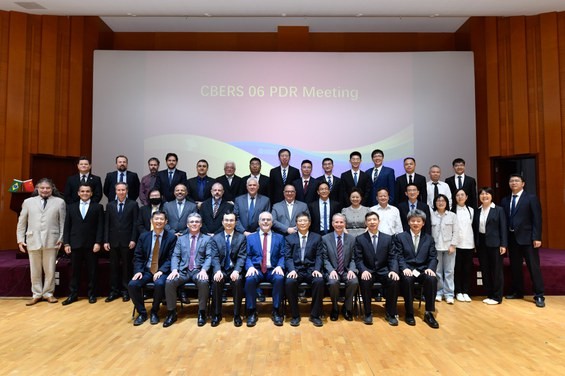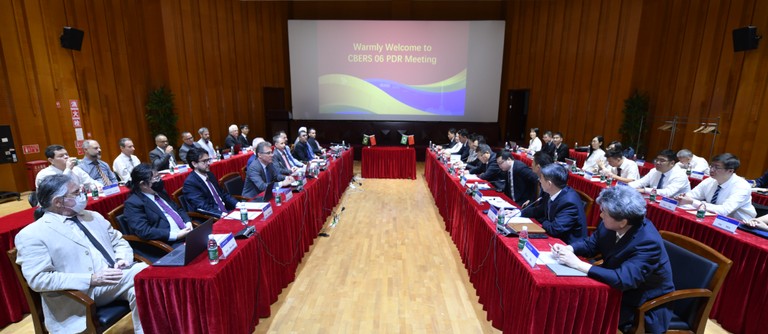The Preliminary Design Review (PDR) of the CBERS-6 satellite was carried out at the Chinese Academy of Space Technology (CAST) in Beijing, China, on June 27 and 28, with the participation of experts from the Institute National Space Research Institute (INPE).
The PDR serves to evaluate, in a multidisciplinary way, the maturity and viability of the project, ensuring that user requirements and technical restrictions are met. Approved by the PDR panel, the project advanced to the next phase.
Scheduled to launch in 2028, CBERS-6 combines the ability to offer images with a spatial resolution of 1 meter to 50 meters with the use of an X-band SAR (Synthetic Aperture Radar) radar payload, an innovation for the Brazilian reality. The biggest benefit of SAR technology is the generation of data in any weather condition.
This mission will complement the data already provided by optical missions from previous satellites in the CBERS (China-Brazil Earth Resources Satellite) series, with the advantage of operating day and night, through clouds, fog, smoke and in rainy conditions.
The mission aims to contribute to the provision of data for the planning, monitoring and control of deforestation, fires, border surveillance, urban, water and vegetation studies, coastal surveillance and agriculture.

On the Brazilian side, the review was attended by 15 experts, in addition to the Coordinator of the Space Segment of the CBERS Program, Antônio Carlos de Oliveira Pereira Júnior, the General Coordinator of Engineering, Technology and Space Science at INPE, Adenilson Roberto da Silva, and the director of Portfolio Management at the Brazilian Space Agency (AEB), Rodrigo Leonardi.b
With information and images from INPE and AEB

